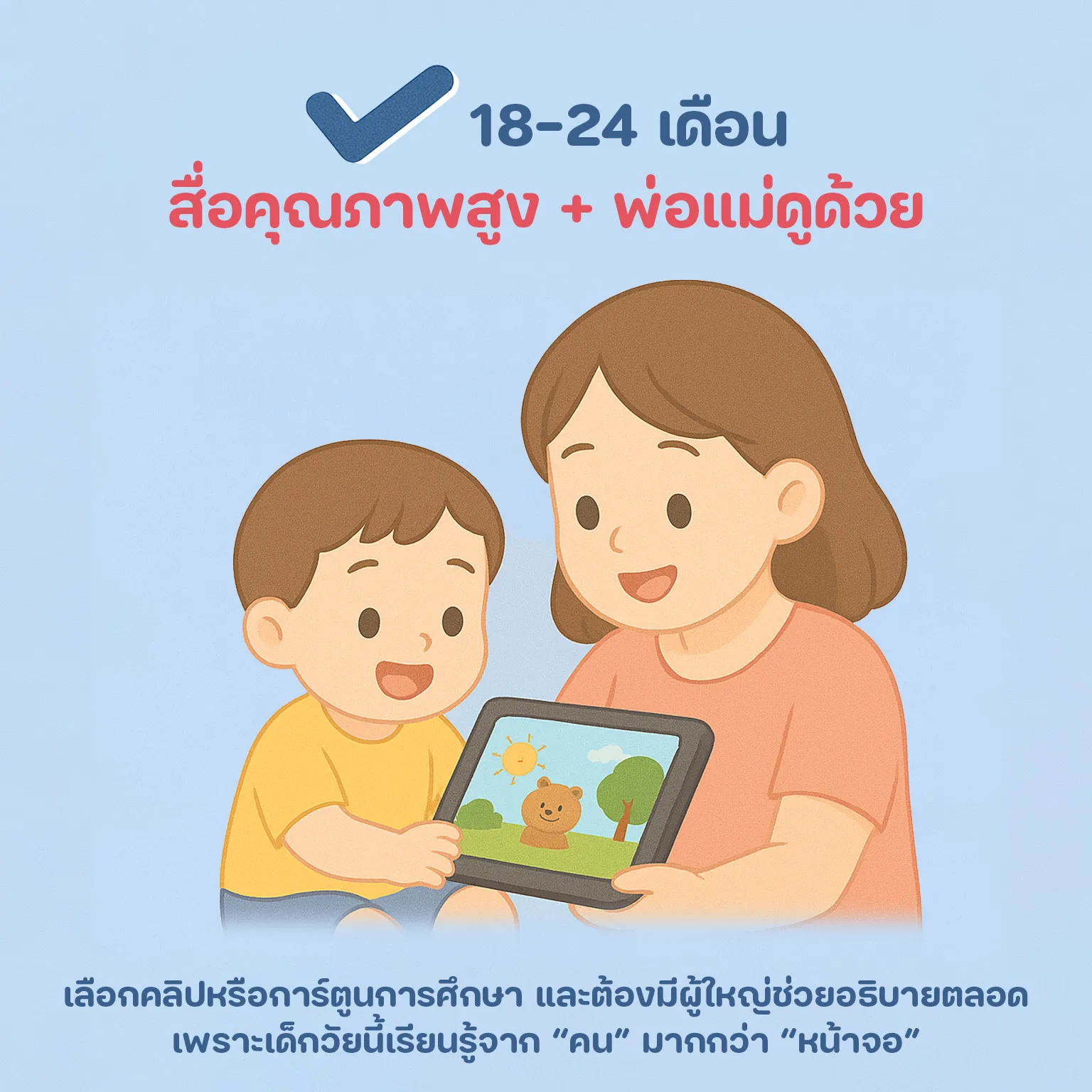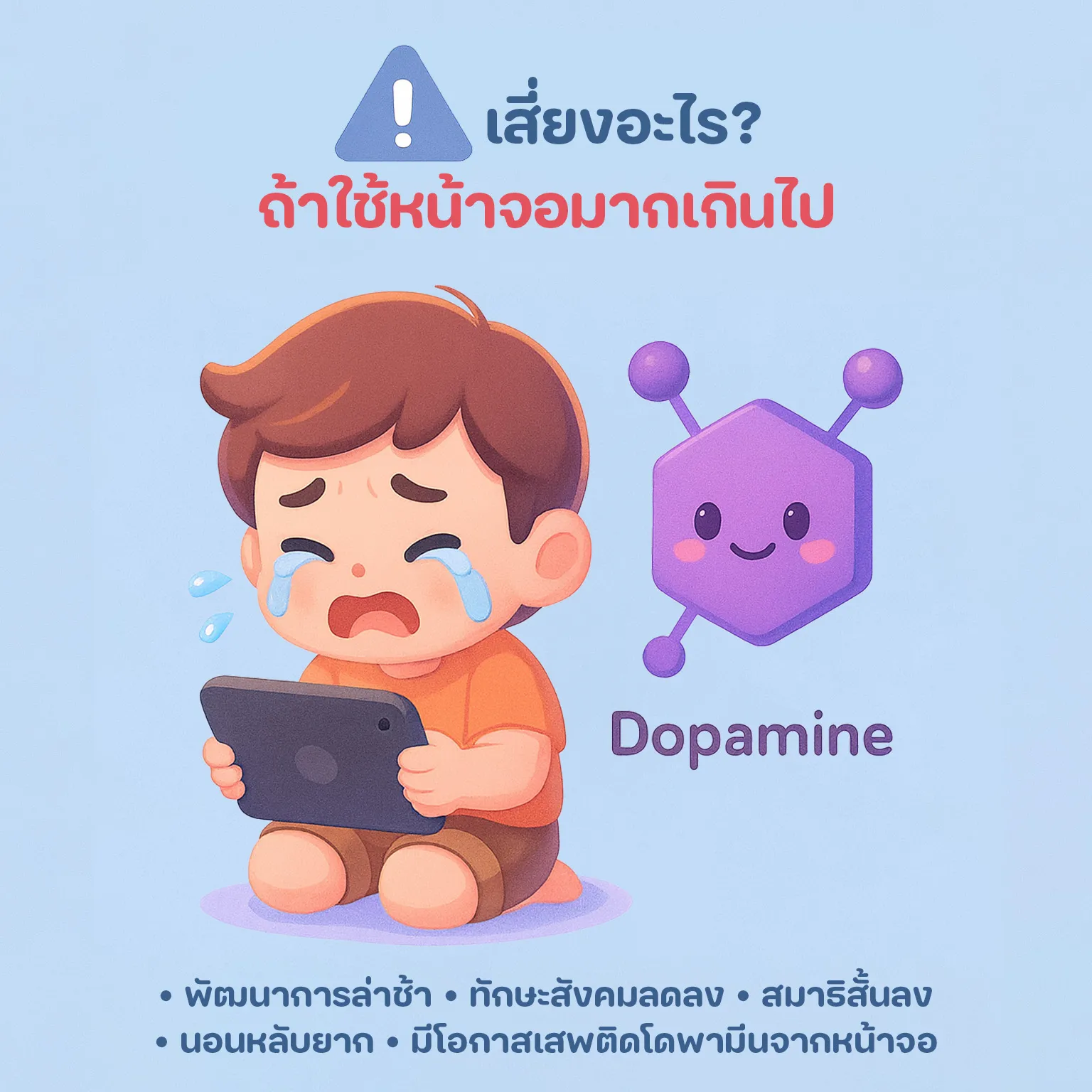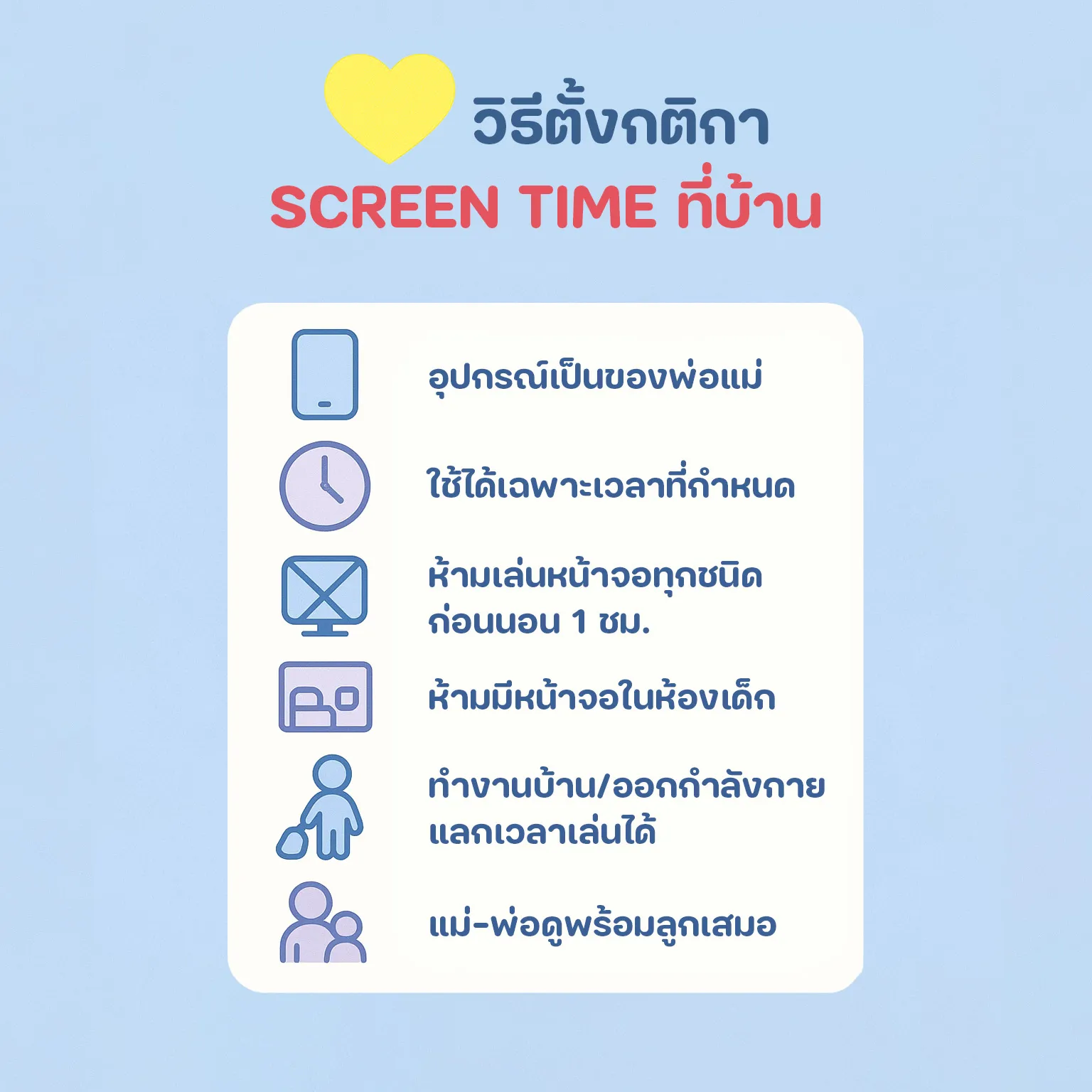Digital Parenting Guide: What Kind of Screen Time Is Best for Kids?

Screens are now woven into our daily lives, and managing screen time wisely has become essential for every family. Proper screen-time management supports a childs brain development, emotional growth, language learning, social skills, and healthy sleep.
This guide summarizes pediatrician-recommended guidelines and practical tips that parents can apply easily in everyday life.
The goal is not to eliminate screens, but to make sure children use screens mindfully, in the right amount, and with high-quality content.

Ages 0-18 Months: No Screen Time
Infants aged 0-18 months experience rapid brain growth. They learn best through real-life interactioneye contact, touch, cuddling, and playing with parentsnot from screens.
Bright, flashing images and rapid sounds from screens may overstimulate the infant brain, disrupt sleep, and negatively affect early language development.
What parents should do:
- Engage often through talking, singing, and face-to-face play
- Use age-appropriate toys such as mobiles or rattles to stimulate senses
- Avoid background TV or mobile screens near the baby

18 Months and Up: Video Calls Only
After 18 months, children begin to understand human faces and can participate more in two-way interactions.
Video calls with family members help develop communication skills through gestures, facial expressions, and real conversation. This supports language development and strengthens emotional bonds.
Important reminders:
- Only video calls are recommended (not videos or cartoons)
- Keep calls short and engaging to avoid overstimulation

Ages 18-24 Months: High-Quality Media + Parent Co-Viewing
As children approach age 2, they can begin watching screen content, but it must be high-quality educational media, such as:
- Learning-focused cartoons
- Language- and music-based content
- Safe, well-designed apps created for toddlers
Most importantly:
Parents must watch with their child (co-viewing).
At this age, children cannot interpret or understand content independently. Parents should explain, guide, and help them connect what they see to the real world.

Ages 2-5 Years: Limit Screen Time to 1 Hour per Day
Preschoolers are naturally curious about screens, so clear limits are essential.
Screen time should focus on educational and interactive content, such as childrens songs, quality cartoons, or shows that support language learning. Parents should remain involved and explain what the child is watching.
Extra tips:
- Break screen time into short blocks (15-20 minutes)
- Alternate with hands-on learning activities such as pretend play, kitchen sets, art, or building blocks
- Use timers, hourglasses, or visual schedules to help children understand time limits

Risks of Excessive Screen Time
Too much screen time can lead to several developmental concerns, including:
- Delayed speech and language skills
- Poor social interaction
- Reduced attention span
- Sleep disturbances, especially with nighttime screen use
- Increased irritability when screens are removed
- Higher risk of screen addiction
These risks highlight why controlling both the quantity and quality of screen exposure is crucial.

Screens Can Become Addictive for Kids
Screens can stimulate the brain to release dopamine, the feel-good chemical, making children crave more screen time.
Fast-cut videos, bright colors, loud sounds, and rapidly changing scenes overstimulate the brain, creating dependence similar to sugar or gaming addiction.
Warning signs to watch for:
- Tantrums when screen time ends
- Lack of interest in real toys
- Difficulty responding when called
- Able to stay still only when watching screens
Early boundaries greatly reduce long-term addiction risks.

How to Set Healthy Screen-Time Rules at Home
Clear and consistent rules help children develop healthy digital habits.
Examples of effective household guidelines include:
- Devices belong to the parents
- Screen use allowed only during designated times
- No screens 1 hour before bedtime
- No TVs or tablets in the childs bedroom
- Use tasks to earn screen time (cleaning up toys, outdoor play, simple chores)
- Parents must co-view and discuss content with the child
These boundaries help children build self-control and learn responsible digital behavior.

Parents Are the Best Role Models
Ultimately, children learn more from what they see than what theyre told.
When parents put down their phones and choose to engage with their children through play and conversation, kids feel valued and emotionally connected. This strengthens their sense of security and promotes better social and emotional development.
Ideas for creating a high-quality home environment:
- Set family No Screen Time periods (during meals, before bed, etc.)
- Spend hands-on playtime together using real toys like kitchen sets, activity tables, playhouses, or push cars
- Encourage more outdoor play and physical movement
Children always need a parents time, attention, and presence more than screens


